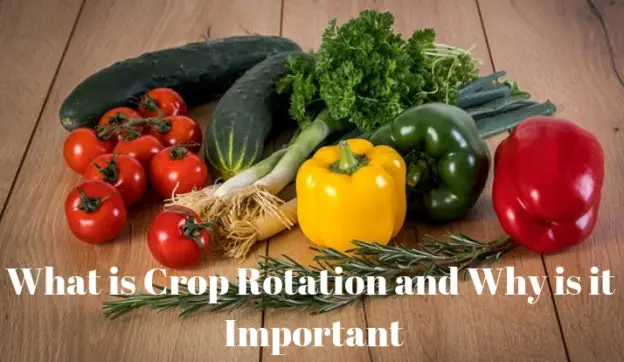When we first start to grow vegetables, there is so much to learn. What to grow, when to grow, where to grow and so on. Once these basics are mastered we have to come on to more advanced questions like what is crop rotation and why is it important.
Crop Rotation Definition
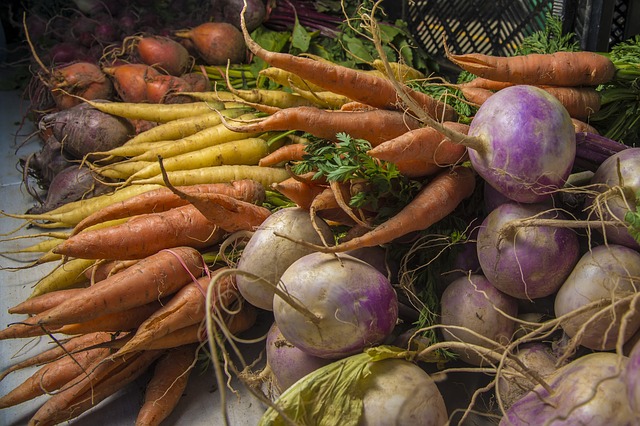
In simple terms crop rotation is a system to prevent growing the same vegetable or family of vegetables in the same soil. So by using a 3 or 4 crop rotation system you keep the crops healthy year on year. That deals with the question what is crop rotation?
The Principles of Crop Rotation
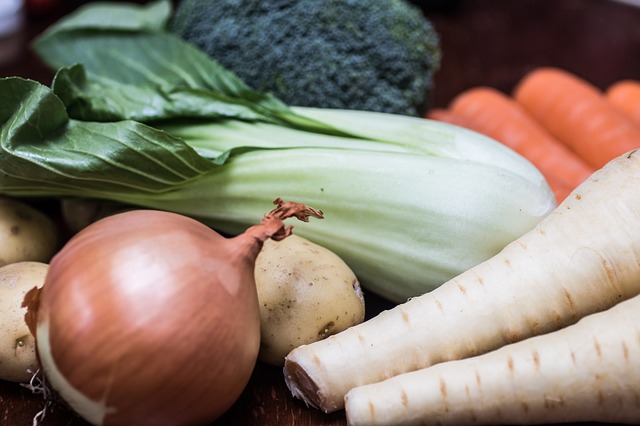
As with all things gardening, the basic principle is healthy soil. To maintain the health of the soil, it is important to keep pests and diseases at a minimum and to prevent them from spreading. By moving entire families of plants to a different bed every year we achieve these objectives.
We also rest the soil from particularly nutrient hungry plants and allow other plants to add nutrients to the soil. So plants that need lots of nitrogen to grow are replaced with plants that add nitrogen to the soil.
Examples of the Importance of Crop Rotation
All brassica crops benefit from a top dressing of garden lime to prevent club root, a disease that will remain in the soil for many years. Potatoes will get scab if lime is present in the soil so these 2 crops can never successfully be grown together. Potatoes get blight and if any infected potatoes remain in the soil they will reinfect members of the same family next season.
Any crop grown continuously in the same soil is in danger of the build up of diseases. If that’s not bad enough, pests peculiar to that crop will build up as well. So it is good to recognise members of the same family and avoid growing them in the same soil.
Plant Families
Below is a list of plant families that should not be grown in the same bed year after year. By applying a crop rotation system you will prevent diseases and pests from building up. It is fine to grow members of the same family together as long as next year no members of that family are grown in that bed.
Brassicas

These are the cabbage family including:-
- Cabbage
- Cauliflower
- Broccoli
- Kale
- Swede
- Turnip
- Radish
- Mustard
- Sprouts
- Kohl Rabi
Brassicas need garden lime to prevent club root.
Umbellifers

Mainly root vegetables this lot, including:-
- Carrots
- Parsnips
- Celeriac
- Celery
- Parsley
- Chervil
Alliums
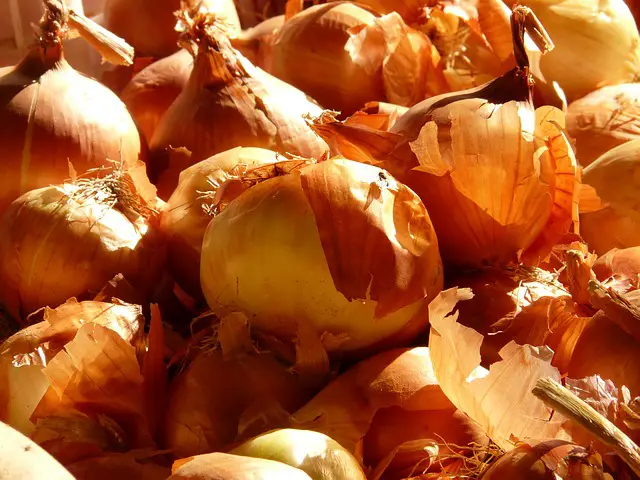
More roots in the main, including:-
- Onions
- Garlic
- Leeks
- Spring Onions
- Chives
- Shallots
Solanums

Lots of variety in this group, including:-
- Potatoes
- Tomatoes
- Peppers
- Chillies
- Aubergines
Curcubits
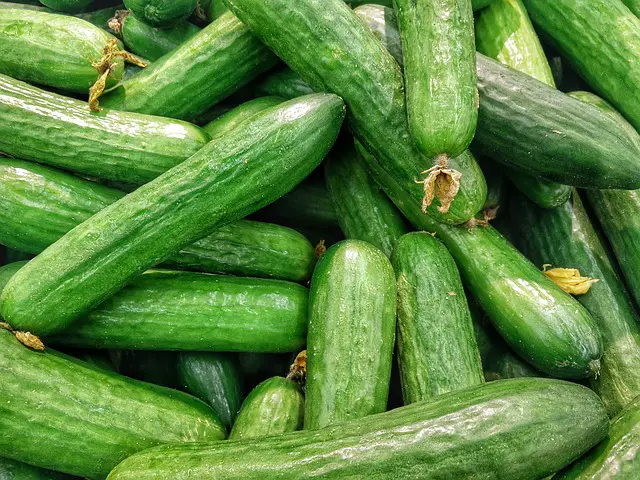
- Cucumbers
- Melons
- Courgettes
- Marrows
- Squash
Legumes
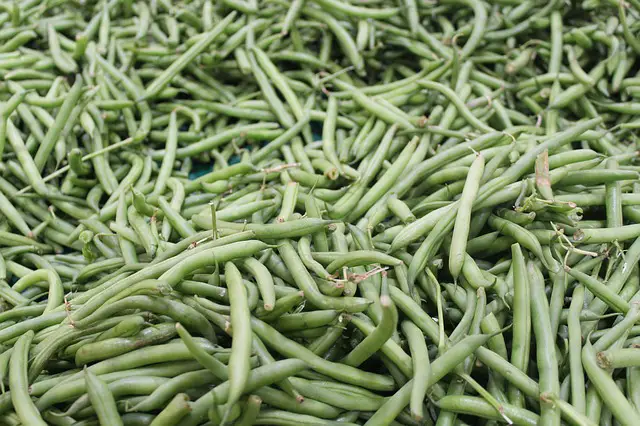
This group fix nitrogen through the air and so add to the health of the soil. their roots should be left in the soil after the crop is harvested. And the plants hoed into the soil to keep all of that beneficial nitrogen.
Including:-
- Broad Beans
- Runner Beans
- French Beans
- Dwarf Beans
- Haricot Beans
- Peas
- Lentils
Other vegetables have their place in the plot but don’t come into specific groups. As long as they are not grown in the same place continuously they will cause no problems. These include spinach, beetroot, chard, and sweetcorn.
Perennial vegetables will stay in their own beds and can benefit from companion planting.
4 Year Crop Rotation Chart
There are many examples of the 4 year crop rotation out there but if it helps here’s mine.
| Year 1 | Bed 1 Solanums, Bed 2 Legumes, Bed 3 Brassicas, Bed 4 Roots |
| Year 2 | Bed 1 Legumes, Bed 2 Brassicas, Bed 3 Roots, Bed 4 Solanums |
| Year 3 | Bed 1 Brassicas, Bed 2 Roots, Bed 3 Solanums, Bed 4 Legumes |
| Year 4 | Bed 1 Roots, Bed 2 Solanums, Bed 3 Legumes, Bed 4 Brassicas |
Then return to year 1. If you are growing curcubits, squashes etc or sweetcorn which are hungry crops, they can be added to the brassicas and legume beds. This is because brassica beds would have been given a manure/compost boost before planting, and legumes do not take nitrogen from the soil.
Crop Rotation Advantages
In summary, the advantages of crop rotation are healthier soil, healthier crops, less diseases, less pests, and greater yields. Like many gardening theories, crop rotation is scoffed at by some gardeners. But the proof is there for all to see.
Video Summary
It is obvious that if you keep one particular crop in the same place year after year, diseases build up. Likewise with pests. The soil will get depleted of certain nutrients and the health of the plants will deteriorate.
There is a balance in nature and as gardeners we need to strike that balance. In nature plants are constantly moving, either by runners or seed distribution. This movement stops the build up of pests and diseases and allows the soil to balance it’s nutrients.

